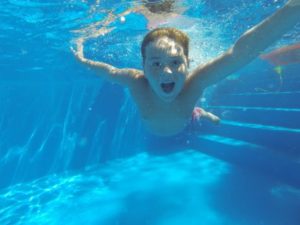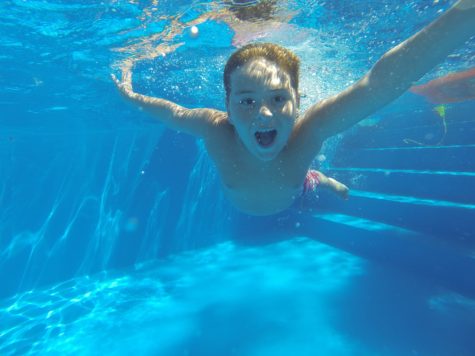ANN ARBOR, Mich. — Moms and dads, would you let your kids go swimming at their own risk? You might be surprised to find that 37 percent of parents would allow their kids to swim unsupervised in a pool at their home, a hotel, or in their neighborhood, a new study finds.
The C.S. Mott Children’s Hospital at the University of Michigan released their most recent National Poll on Children’s Health on Monday, which surveyed 1,543 parents of kids aged six to 18.

Interestingly, only 16 and 13 percent of parents surveyed would allow their children to swim unsupervised in a lake or the ocean, respectively, suggesting that parents don’t fully respect the perils inherent in a manufactured body of water.
“Familiar places such as a backyard pool may provide a false sense of security, but we know that drowning can occur anywhere, often instantly and silently,” warns Dr. Gary L. Freed, who co-commissioned the poll, in a university press release.
“We strongly advise parents to closely supervise kids at all times, even if they think their child is a good swimmer,” he continues.
Forty-five percent of parents who had children who could swim on their own felt safe leaving their kid unsupervised in a nearby pool, while only 14 percent of parents whose kid couldn’t swim independently left their child by themselves in a pool.
The likelihood of a given child being able to swim independently was found to vary by race— 80 percent of white parents responded that their child could swim on their own, compared to 66 percent of Hispanic parents and 49 percent of black parents.
Previous research has shown a strong correlation between a child’s swimming ability and having taken swimming lessons, which prompted the researchers to emphasize the need for said lessons to be inexpensive and accessible.
“We know that formal swimming lessons reduce the risk of drowning among children, but some families may have to work harder to find opportunities for their children to become comfortable and confident in the water,” Freed says. “Some neighborhoods don’t have a public swimming pool and the cost of swimming lessons can be a barrier for some families.”
Drowning, to be sure, is the second-leading cause of injury-related death amongst youth under 15 in the U.S., responsible for about 1,000 fatalities a year.
An additional 5,000-plus kids a year are hospitalized due to non-fatal water-related injuries.
Needless to say, many of these injuries and deaths could be prevented with proper training and parental supervision.
